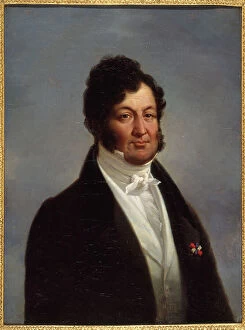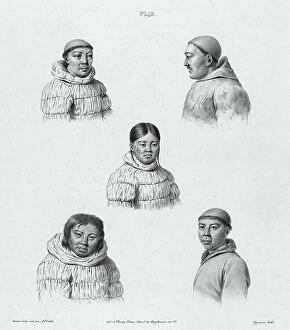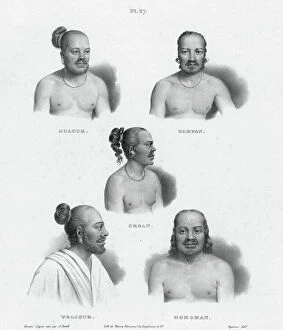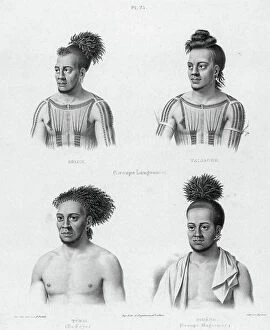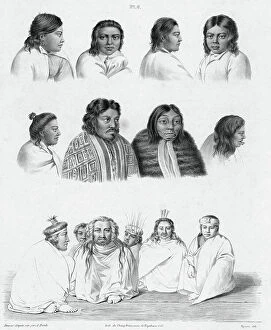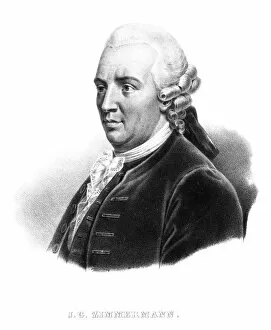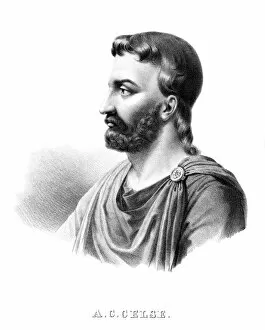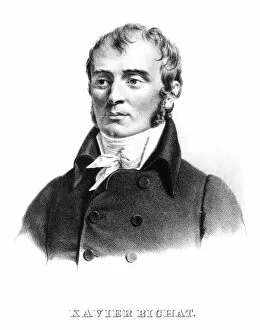Pierre Roch Vigneron Collection
"Return from Dance" by Pierre Roch Vigneron (1789-1872) captures the essence of 19th-century France in a mesmerizing oil on canvas. This masterpiece, measuring 24. 4x32
For sale as Licensed Images
Choose your image, Select your licence and Download the media
"Return from Dance" by Pierre Roch Vigneron (1789-1872) captures the essence of 19th-century France in a mesmerizing oil on canvas. This masterpiece, measuring 24. 4x32. 5 cm, transports us back to an era where art and culture flourished. Vigneron's attention to detail is evident as he skillfully portrays the joyous atmosphere of a dance gathering. The vibrant colors and fluid brushstrokes bring life to the scene, immersing viewers in the lively ambiance that once filled French ballrooms. As we delve deeper into Vigneron's world, we discover his profound influence from various renowned figures throughout history. Johann Zimmermann, a Swiss naturalist known for his meticulous observations of nature, may have inspired Vigneron's keen eye for capturing intricate details within his artwork. Likewise, Wilhelm Fabry, a German surgeon celebrated for his anatomical studies and surgical techniques, might have influenced Vigneron's precision when depicting human forms in motion. Drawing inspiration from Celsus, the Roman encyclopaedist who extensively documented medical knowledge during ancient times; Paul Zacchias, an Italian physician revered for his contributions to forensic medicine; Albrecht von Haller, a Swiss anatomist recognized as one of the founders of modern physiology – all these great minds could have shaped Vigneron's understanding of human anatomy and movement. Furthermore Franz Joseph Gall’s groundbreaking work on phrenology could be seen reflected in how Vigneron portrayed facial expressions with such accuracy and depth. Influenced by Galen’s teachings on medicine during Ancient Greece or Francois Quesnay’s economic theories that revolutionized France during Enlightenment; Xavier Bichat’s path-breaking research on tissues or Bernard de Jussieu’s botanical discoveries - it is clear that Vigneron was not only an artist but also deeply connected to intellectual circles across different fields.




